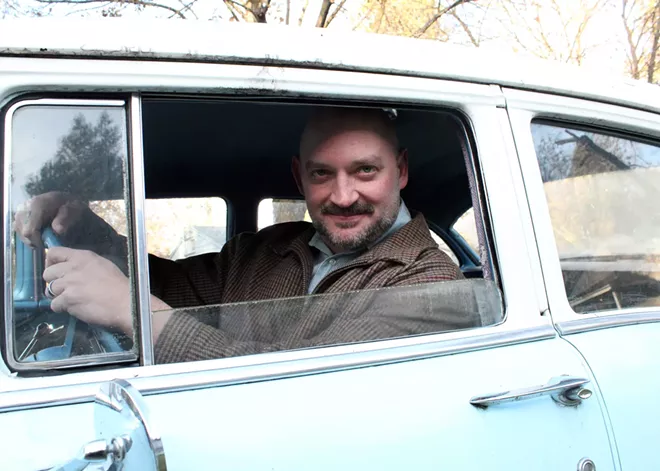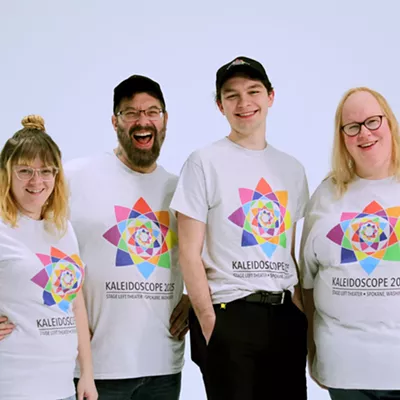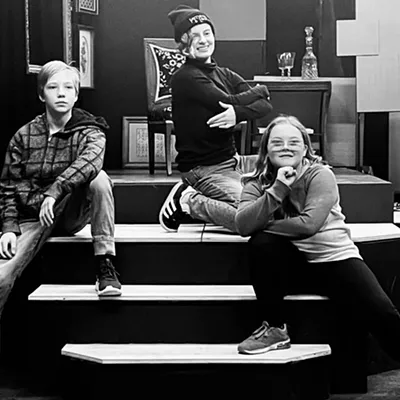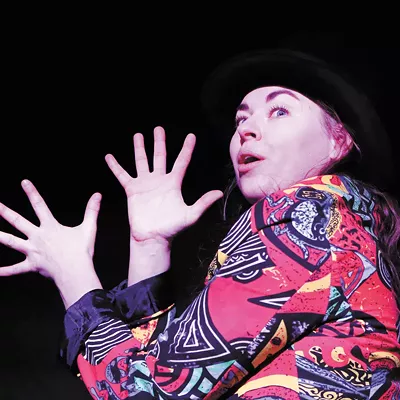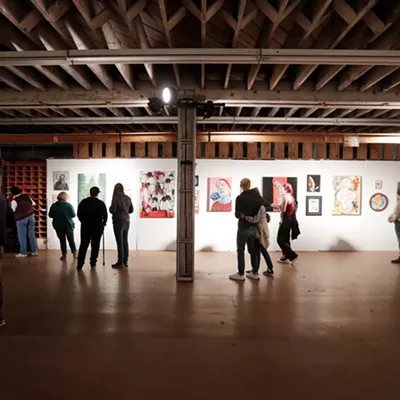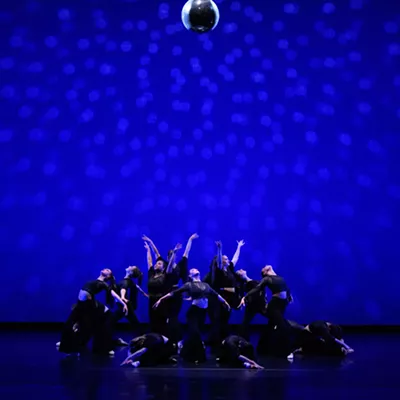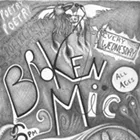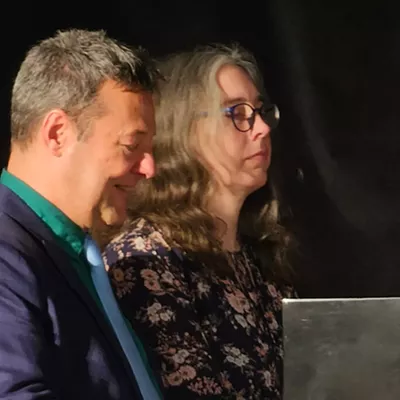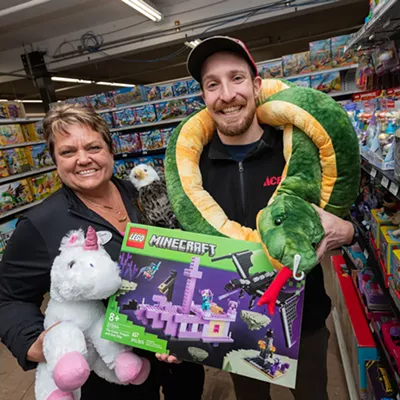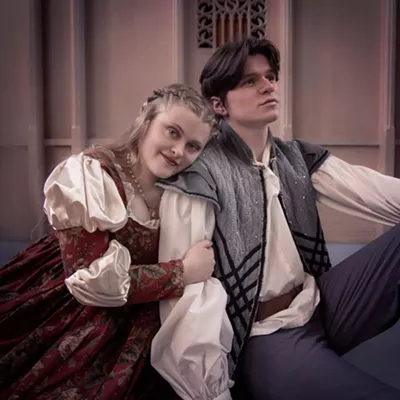If you had to guess based on nothing more than its title, How I Learned to Drive might sound like a coming-of-age story. And in a way, it is. Paula Vogel's Pulitzer Prize-winning play is, in very general terms, about a young girl nicknamed Li'l Bit and the driving lessons that shape her maturity into womanhood.
Yet that synopsis crucially omits a key figure in all this, Uncle Peck, and the way he uses those driving lessons and other automobile excursions to groom Li'l Bit. As a result, an important phase of her life is warped by his abuse and the sexual relationship that develops between them.
"This whole play is Li'l Bit's memory," explains Lisa Edwards, who plays the character in a new production of How I Learned to Drive, which opens Dec. 1 for a two-and-a-half-week run at Stage Left Theater.
"It sees her working through what has happened to her since a young age and how she has come out the other side as a survivor. So we travel all the way from age 11 to 18 and beyond, but it jumps around. One memory sparks another."
"Vogel's very crafty," says Susan Hardie, the show's director. "This method of storytelling reflects how memory works, in that we don't always remember things in order. And also we don't always remember things exactly the way they happened."
By way of example, she points to one flashback scene in the play that depicts Li'l Bit's "oversexualized" family in a "very broad, satirical" way that sketches them almost like caricatures. It's a style of storytelling that's built into the mechanics of How I Learned to Drive. Whereas Li'l Bit and Uncle Peck (played by Danny Anderson) are distinct standalone characters, a Greek chorus of shape-shifting actors — Rebecca Craven, Jennie Oliver and Jeffrey St. George — take on the other roles as they emerge in recollected and half-remembered vignettes.
Those free-flowing vignettes are also given a type of structure through the conceit of a driving lesson.
"The metaphor of driving is very potent in this play," Hardie says. "We hear from an offstage narrator who tells us where we're going. So we switch to the neutral gear at times, and we let ourselves breathe and watch something. Sometimes we go to the reverse gear, and Li'l Bit's memory winds back. It's very carefully crafted so we can see the abuse and how it evolves."
Like Vladimir Nabokov's novel Lolita, which was a source of inspiration for How I Learned to Drive, Vogel's play has drawn praise for its nuanced portrait of what is, at its core, a profoundly disturbing and predatory relationship. Edwards says that the script looks at that troubling relationship "through a beautiful lens," but her voice rises to a question on the word beautiful.
"That's something that has been challenging to work through in the rehearsal process," she says. "Sometimes when Danny and I are in a scene, it's like, 'This is lovely, this is beautiful.' And then I'm like, 'This is not OK.' Even though Peck is the villain in this show, he's charming. Even though you know what he's doing is awful, the character has a certain likability to him at many points."
This production even has its own intimacy director, Nike Imoru, to help everyone involved in the play, the lead actors especially, to work through the sensitive issues and the unsettling interactions.
"She's given us great tools to not only work with this play and these characters but also to take with us as we go into different projects. But it's also really important that people understand there is no explicit sexual content in this piece. There is no nudity. In fact, there's very little physical touching in the play at all. All of the activity is inferred and implied," Hardie says.
And to add to the ambivalence, there's also a lot of humor.
"Paula Vogel is very good at crafting a play that allows you breathing room. She talks about a very difficult subject, but she is so good at creating an emotional buffer. You can watch and take it in and still be affected by what's going on onstage," she says.
The powerful concoction of emotions that How I Learned to Drive evokes is why Hardie and Edwards have both been eager to stage it ever since they first came across it — Edwards as a student at Sarah Lawrence College, Hardie as a theatergoer during its debut off-Broadway run in 1997.
"It's a different time now than when this show was first written and when I first saw it," Hardie says. "And I think it holds up beautifully. What changes is the audience." ♦
How I Learned to Drive • Dec. 1-17; Thu-Sat at 7 pm, Sun at 2 pm • $25 • Stage Left Theater • stagelefttheater.org • 509-838-9727

